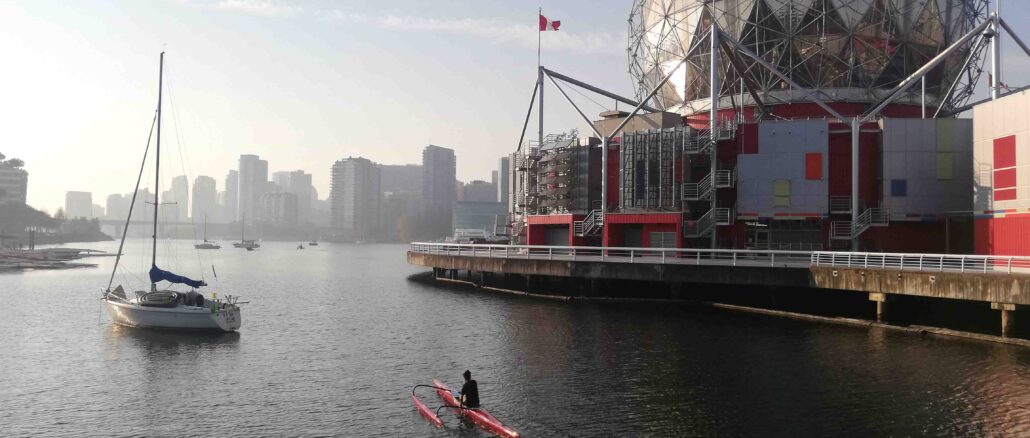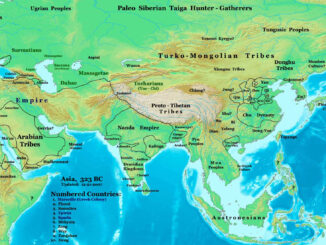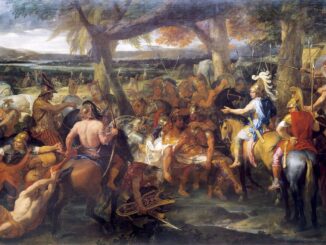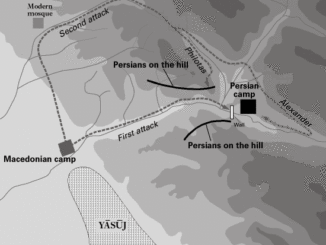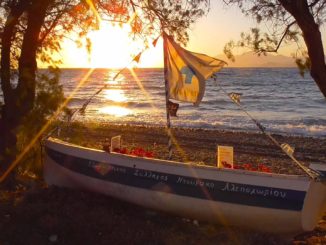
Archaeology
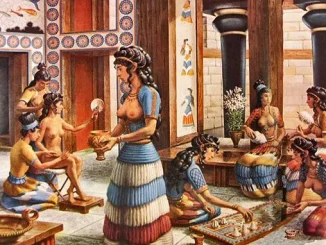
How important was the Minoan Civilization
How important was the Minoan Civilization athenspath.com

Temple of Poseidon
The original, Archaic-period temple of Poseidon on the site was built of tufa. The Sounion Kouros, discovered in 1906 in a pit east of the temple alongside fragments of other statues, was probably one of athenspath.com

Education in Ancient Greece
From its origins in the Homeric and the aristocratic tradition, Greek education was vastly “democratized” in the 5th century BCE, influenced by the Sophists, Plato and Isocrates. In the Hellenistic period, education in a gymnasium athenspath.com
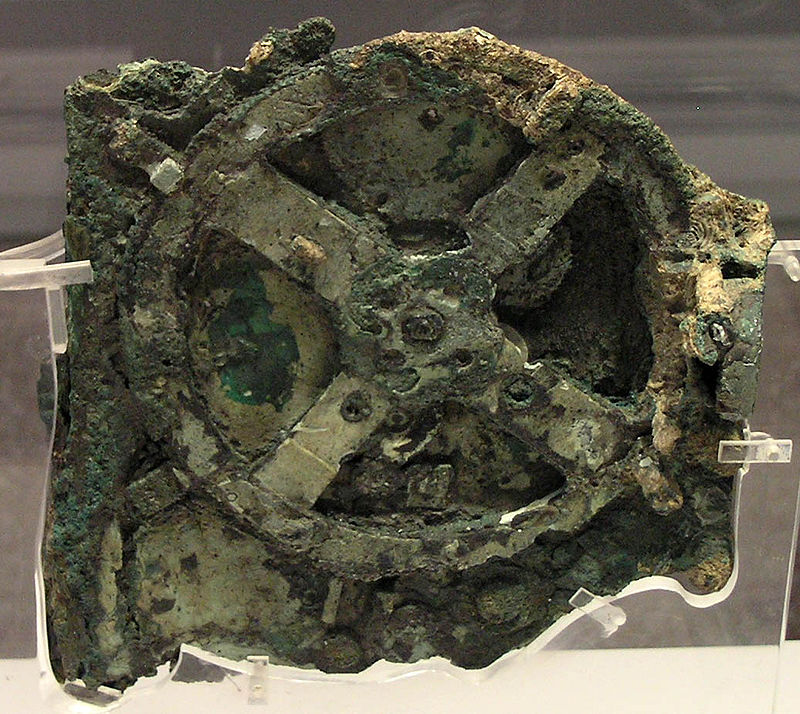
Ancient Greek Astronomy
References to identifiable stars and constellations appear in the writings of Homer and Hesiod, the earliest surviving examples of Greek literature. In the Iliad and the Odyssey, Homer refers to the following celestial objects: the athenspath.com

Greek numerals
Greek numerals are a system of representing numbers using the letters of the Greek alphabet. These alphabetic numerals are also known by names Ionic or Ionian numerals, Milesian numerals, and Alexandrian numerals. In modern Greece, athenspath.com

Amphipolis: Greek tombs give up their lavish riches
“The sphinxes are probably ready to reveal their secrets,” says Greek culture minister Konstantinos Tasoulas, sitting in his central Athens office talking about the mystery surrounding the “unique” archaeological excavation in the northern town of athenspath.com

Alexander the Great
Alexander III of Macedon (20/21 July 356 – 10/11 June 323 BC), commonly known as Alexander the Great (Greek: Ἀλέξανδρος ὁ Μέγας), was a King of the Ancient Greek kingdom of Macedon, member of the athenspath.com

Elgin Marbles
The Parthenon Marbles, also known as the Elgin Marbles, are a collection of classical Greek marble sculptures (mostly by Phidias and his assistants), inscriptions and architectural members that originally were part of the Parthenon and athenspath.com

Kalash The Lost Children of Alexander the Great
When the great hero and general, Alexander, who was as great as the god Apollo and Zeus, left his troops here, he asked them to stay here in this land without changing their Hellenic athenspath.com







